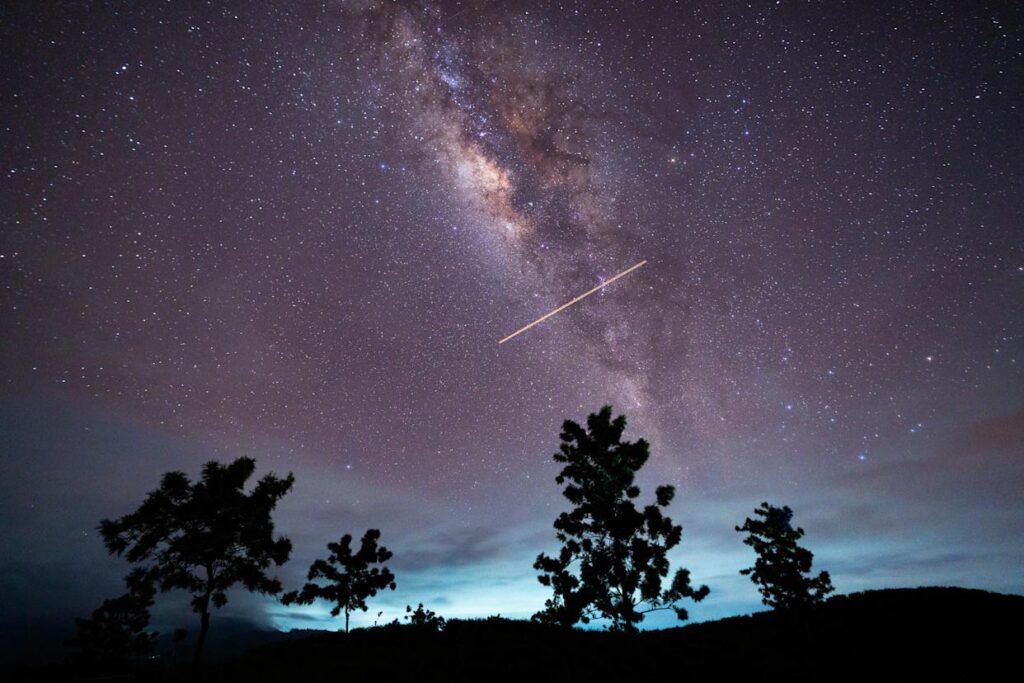
Introduction to the Eta Aquariid Meteor Shower
The Eta Aquariid meteor shower is one of the most anticipated astronomical events of the year, captivating stargazers around the globe. Occurring annually between April 19 and May 28, this meteor shower offers a remarkable opportunity to witness nature’s celestial displays as Earth passes through the debris left by Halley’s Comet. The 2023 iteration promises to be especially spectacular, as it coincides with favorable viewing conditions, making it an event not to be missed.
Details and Facts about the 2023 Meteor Shower
During its peak, which falls around May 5-6, the Eta Aquariids are expected to produce up to 50 meteors per hour under ideal conditions. The meteors are known for their speed, entering the atmosphere at around 66 km/s (41 miles per second), often leaving behind bright trails that can be visible for several seconds. The meteors are best viewed in the pre-dawn hours and from locations that are away from artificial lights. This year, enthusiasts can look forward to a new moon phase on May 19, which will reduce light pollution, allowing for better visibility of the shower.
According to the American Meteor Society, the shower is named after the constellation Aquarius, from which the meteors appear to radiate. Observers in the southern hemisphere are likely to see a higher rate than those in the northern hemisphere, making locations like Australia a hotspot for viewing this phenomenally beautiful event.
How to Observe the Eta Aquariid Meteor Shower
To ensure a rewarding meteor-watching experience, it’s essential to find a dark location away from city lights. Laying back on a blanket or reclining chair, and giving your eyes time to adjust to the darkness, can significantly enhance your experience. Astrophysics experts recommend allowing at least 20-30 minutes for your eyes to adapt, maximizing your chances of spotting these luminous streaks across the sky.
Conclusion: Why the Eta Aquariid Meteor Shower Matters
The Eta Aquariid meteor shower serves not only as a stunning visual display but also heightens public interest in astronomy and the universe beyond our planet. As people gather to witness this annual phenomenon, they are reminded of the beauty and vastness of the cosmos, reigniting curiosity and knowledge about comets, meteors, and Earth’s place in the galaxy. As we approach the peak nights of this year’s event, preparations should be made early to secure the best viewing experience, making the most of what promises to be a starry spectacle in the night sky.






